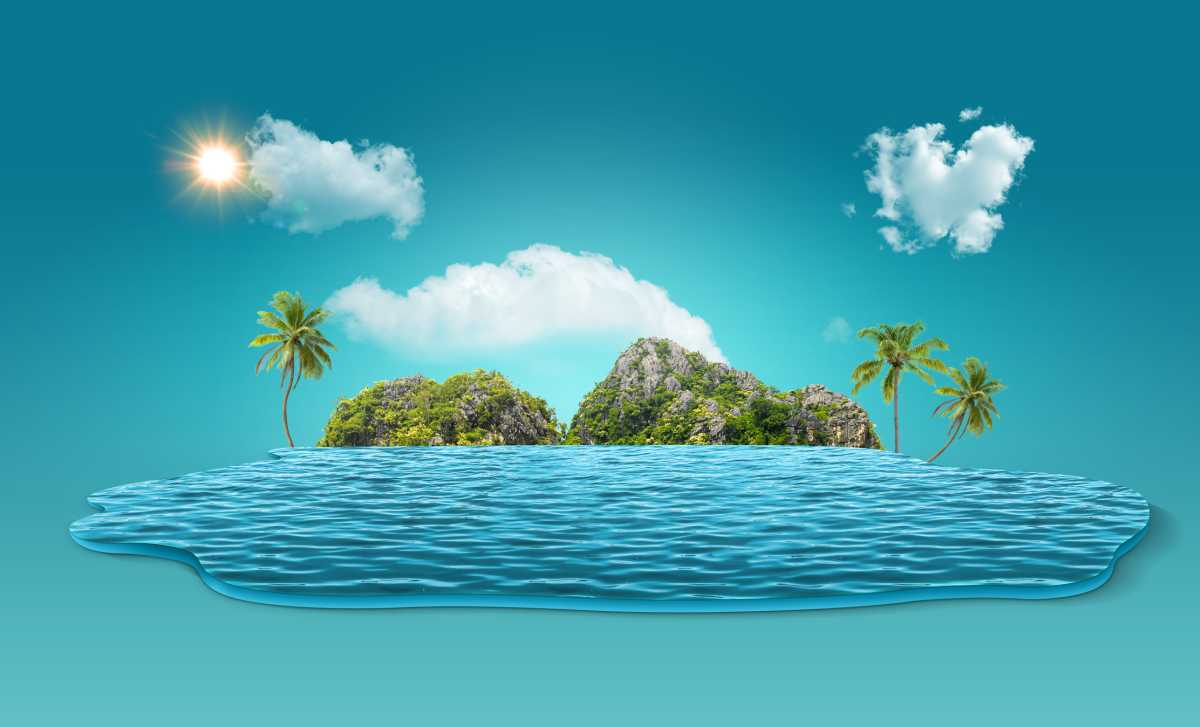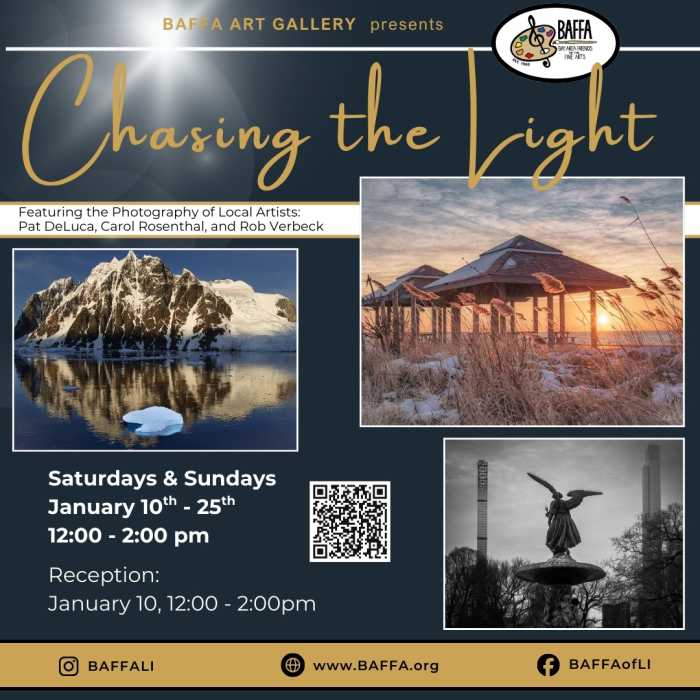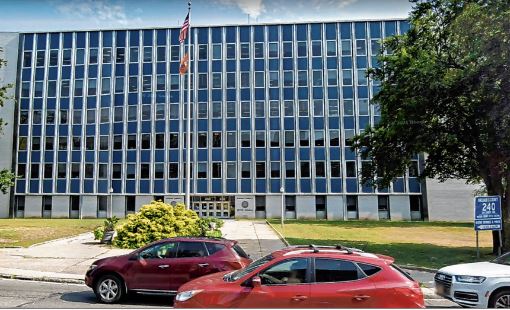Developers have announced plans to build a new gay vacation town on the Mediterranean Sea named after our island and inspired by its world-famous LGBTQ+ destination beach communities, Cherry Grove and Fire Island Pines. The project is called “New Fire Island.”
Organizers say there is a huge amount of global demand for vacation destinations built by and for the LGBTQ+ community and that the demand for homes and rentals in Cherry Grove and Fire Island Pines far outstrips the available supply. They also say the low amount of supply leads to high prices and many being priced out of these one-of-a-kind communities. Organizers further say there is an untapped market for a European Fire Islandesque gay vacation destination.
Nigel Smith, Partner for New Fire Island emphasized that the project is seeking to build an actual town modeled off what their project’s website calls “the proven Fire Island formula” not a resort. Their goal is about 1000 homes along with commercial space. As of writing, 2053 people are on a waitlist to buy property in this hypothetical new community. Smith added that about 250 of these are “really serious” and are actively involved in consultation calls regarding planning.
The project is targeted at gay men but many people from other sections of the LGBTQ+ community are also expressing interest according to Smith.
While speaking with Fire Island & Great South Bay News, Smith explained he’s been visiting Fire Island every summer from his native Australia for decades.
“We love old Fire Island,” said Smith. “It’s an incredible, beautiful, special, and unique place in the world.”
He said that using Fire Island’s name was not only about publicity but honoring its legacy and history. Smith said he wanted to replicate their ability to create an escape for LGBTQ+ people to be among their “rainbow family.”
The New Fire Island project is also planned to replicate Fire Island’s walkability, balance of accessibility and remoteness, natural character, and community-oriented lifestyle.
On the other hand, Smith said that New Fire Island would also have significant differences from our island. Differences would include a larger harbor, a helipad, a focus on Mediterranean cuisine, and a more international, European, and multilingual community.
New Fire Island’s Mediterranean location also means its shares will be rocky beaches and cliffs rather than our sandy beaches and dunes. The Mediterranean was selected as the location for this project because of its proximity to the large travel-savvy European population, as well as its long swimming season.
Organizers narrowed down their search area from around 50,000 kilometers of coastline to a shortlist but the final location has not yet been selected. The shortlist includes sites on the southern coast of the Iberian Peninsula, Spain’s Balearic Islands, the islands of Greece, and the Italian islands of Sardinia and Sicily. Smith would not get any more specific about the locations.
New Fire Island needs to overcome numerous challenges before coming to fruition. The development needs to find a location, buy land, navigate government regulations, and overcome the engineering challenges of building in a remote area, being environmentally sustainable, and becoming resilient against climate change. Smith also spoke at length about the challenge of building an authentic sense of community and maintaining accessibility.
He insists these challenges can be overcome. Smith also emphasized that the community is being built in consultation with its residents and that they would control how it takes shape including deciding if the “New Fire Island” name will be kept after construction.
The project has also attracted controversy on social media because some see it as reinforcing racial, income, and gender identity-based divisions within the LGBTQ+ community.
Smith pushed back against this criticism, pointing out that his cofounders Aron D’Souza and Brett Fraser are people of color.
However, before future residents can start building New Fire Island, developers need to finish gathering business investors, find and buy the land, get approvals, and begin construction.
Smith estimates that New Fire Island will have its first season with its first batch of 20 houses and a cafe/nightclub by 2026 or 2027. Time will tell if New Fire Island can overcome the various challenges it faces to meet this timeline, for now, we will have to be thankful that we have the original Fire Island to enjoy.


























